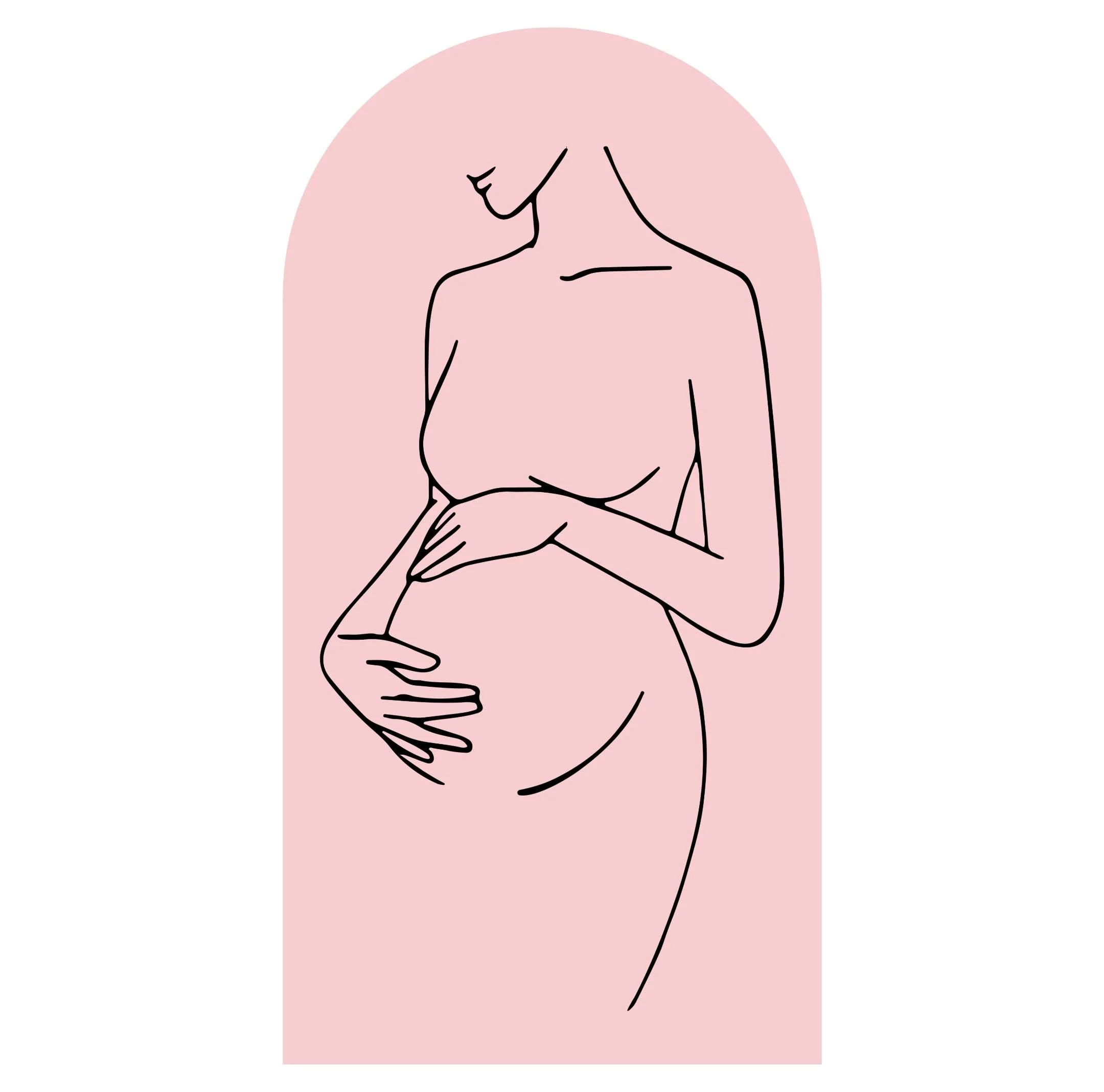I first became aware of body shaming in middle school, when a boy I admired commented on my undeveloped figure, telling me to “go home and take some growth pills.” I returned home in tears, seeking comfort from my bewildered mother, who encouraged me to let it go. That moment marked a significant turning point in my life. I was transitioning from childhood to adolescence, and with that shift came a new level of scrutiny that left me feeling vulnerable and confused.
Unbeknownst to me, alongside my anxiety, an eating disorder was quietly taking shape. It wouldn’t fully manifest until years later, but when it did, it came crashing down hard. As a junior in high school, I reached a weight that I would later see as my heaviest. Looking back at old photos, I was surprised to see myself as a bit chubby, a stark contrast to the thinness I had often experienced, albeit painfully.
The origins of my eating disorder are hazy, but they coincided with periods of intense anxiety. This was the kind of anxiety that left me paralyzed, my body rigid as I battled panic attacks. I often felt as though I was in a fight for my life, struggling to maintain composure while my inner turmoil raged. Seeking help, I eventually found myself in a therapist’s office, where a well-meaning practitioner nudged me to delve deeper into my emotions. I resisted, feeling overwhelmed by the prospect of unearthing my anxieties.
In one of our sessions, she recommended an anxiety workbook, which I purchased but never opened. Staring at it filled me with dread, as I fought to keep my fears at bay. Meanwhile, I maintained the façade of being thin, deflecting questions about my eating habits with excuses like, “I have a fast metabolism” or “I just wasn’t hungry.”
As body dysmorphia set in, I lost track of my true self. My weight fluctuated, and I became increasingly terrified of what I saw in the mirror. I felt trapped in an endless cycle of anxiety and control, desperately trying to freeze time and halt the changes around me.
The turning point came in 2007, when I learned my father was going to prison. During a routine check-up, a doctor pointed out my eating disorder, which sent me into a spiral of denial and confusion. My relatives expressed their long-standing concern, leaving me to grapple with the realization that I had been unwell for years without recognizing it. My diagnosis was a restrictive eating disorder, which required me to see a psychiatrist and a nutritionist regularly as my health deteriorated.
I had always viewed food as a source of control, linked to childhood experiences filled with trauma and instability. The journey toward recovery became a battle against my own ingrained beliefs and negative self-perceptions. It involved drawing and redrawing boundaries in my relationships and my self-image. After years of therapy and reflection, I now embrace my body, including the “muffin top” that I once dreaded.
When I come across body shaming comments about women’s bodies, I feel a visceral reaction. I cherish my body and the journey it represents. I understand now that many people hide their struggles due to fear of judgment or a lack of resources. Many remain silent, haunted by memories of vulnerability and shame.
I urge those who are struggling to reach out for help. Instead of retreating, expand your circle and speak out. Surround yourself with those who support your journey to healing. Most importantly, embrace every part of yourself and honor your path, especially if you are in recovery. Celebrate your unique journey, including any imperfections.
For more information on the journey of pregnancy and home insemination, you can explore this excellent resource: Intrauterine Insemination. Additionally, check out this blog post for insights on the topic. If you’re looking for an at-home solution, visit Make A Mom for their fertility kits.
In summary, embracing oneself after overcoming an eating disorder is a powerful journey filled with challenges and growth. By acknowledging past traumas and seeking support, individuals can transform their relationship with their bodies and find strength in self-acceptance.
